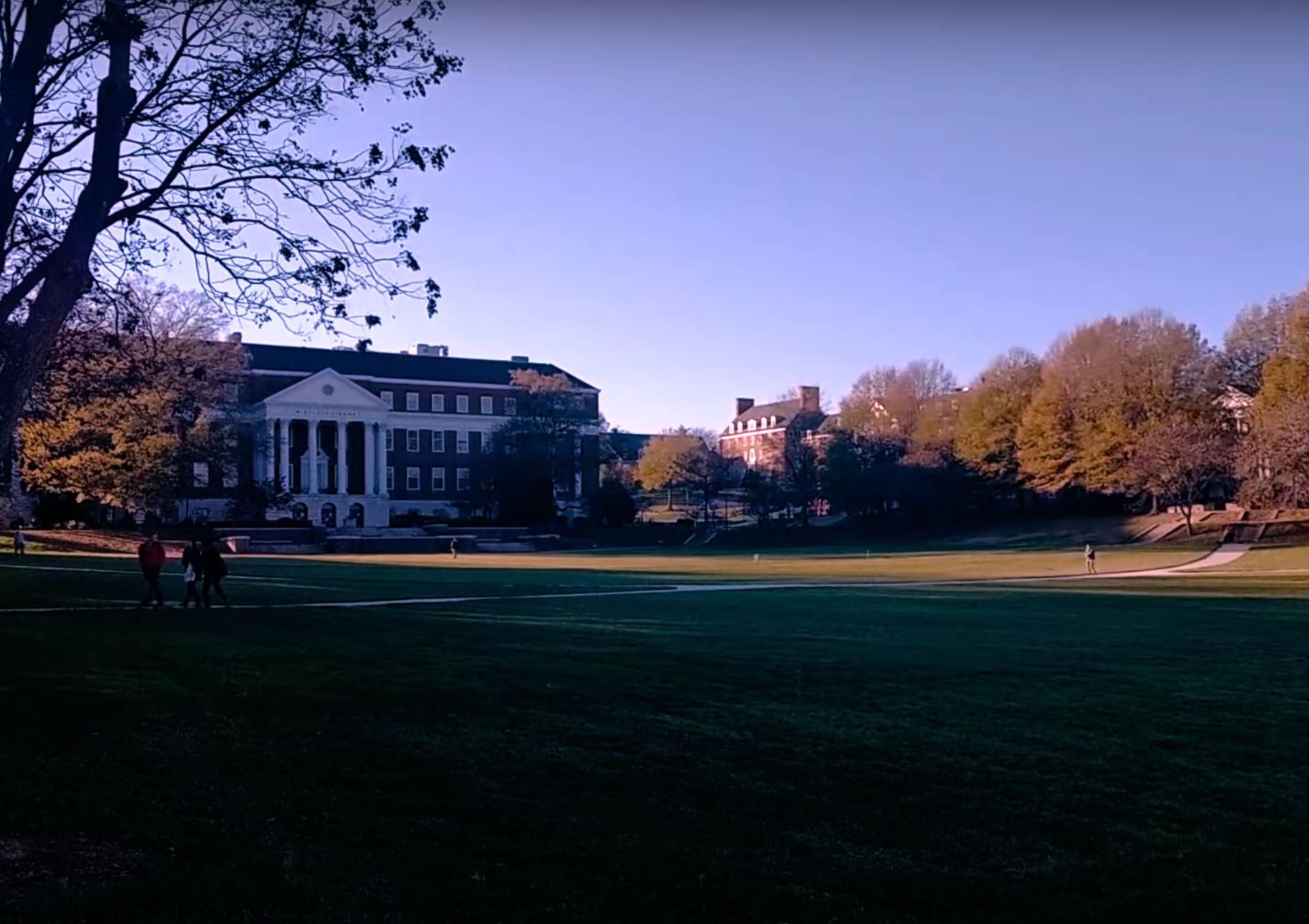University of Maryland to create five new cultural centres for underrepresented students
Centres will be created for students with disabilities, Latino, Asian Pacific Islander Desi American, Native American and Indigenous, and multiracial and biracial student groups

Your support helps us to tell the story
From reproductive rights to climate change to Big Tech, The Independent is on the ground when the story is developing. Whether it's investigating the financials of Elon Musk's pro-Trump PAC or producing our latest documentary, 'The A Word', which shines a light on the American women fighting for reproductive rights, we know how important it is to parse out the facts from the messaging.
At such a critical moment in US history, we need reporters on the ground. Your donation allows us to keep sending journalists to speak to both sides of the story.
The Independent is trusted by Americans across the entire political spectrum. And unlike many other quality news outlets, we choose not to lock Americans out of our reporting and analysis with paywalls. We believe quality journalism should be available to everyone, paid for by those who can afford it.
Your support makes all the difference.The University of Maryland at College Park will open five new cultural centres for underrepresented students, the campus’s president has announced.
Darryll J Pines assumed the university’s presidency in July 2020 with promises to foster diversity and inclusion on the campus of more than 40,000 students.
In the year since, University of Maryland officials have opened a newly renovated Muslim prayer space, pledged $40 million (£30 million) to hire and support underrepresented faculty members and, most recently, named a dining hall to honor the state’s Piscataway Conoy Tribe. The school also welcomed a majority-minority freshman class this year.
Mr Pines said during his State of the Campus address this week that students and officials next will create new cultural centres for Latino, Asian Pacific Islander Desi American, Native American and Indigenous, and multiracial and biracial student groups, as well as for students with disabilities.
“The impact of cultural centres is unequivocal,” Mr Pines, Vice President for Student Affairs Patty Perillo and Vice President for Diversity and Inclusion Georgina Dodge said in a message to the campus. “They help students feel validated and uplifted by recognising their cultural knowledge and assets and give them the tools to navigate some of the challenges they might face both in and outside of the classroom.”
The announcement of the centres is the culmination of meetings between administrators and “communities that have experienced exclusion and underrepresentation,” Mr Pines, Ms Perillo and Ms Dodge said.
Fewer than 1 per cent of students at the university are from American Indian, Alaskan Native, Native Hawaiian or Pacific Islander backgrounds; 19 per cent are Asian; 10 per cent identify as Hispanic or Latino; and 5 per cent say they are two or more races, federal data shows.
Officials did not announce an opening date for the cultural centres, which will be housed in Cole Field House, an athletics facility. But Mr Pines, Ms Perillo and Ms Dodge said university leaders and students will begin planning and designing the spaces this month.
Community hubs already exist on campus for black students and students from the LGBT+ community, but those from other underrepresented groups have been fighting for spaces of their own, said Kislay Parashar, the University of Maryland’s student body president.
“After Covid and a year and a half of virtual [learning], we haven’t gotten as much interaction with students, in general, and specifically with students of our own communities,” said Mr Parashar, who is Indian.
“The university is a big place,” he noted, and such spaces allow minority students “to embrace your own culture, and you get to talk to people of similar backgrounds as you.”
Research indicates that cultural hubs help minority students better adjust to life in college and develop their identities. Other campuses throughout the country have designated spaces for students based on race, ability, gender, religion and a host of other identities.
“These spaces help students to be successful and thrive by better supporting their acclimation to university life and developing greater cultural awareness, allowing them to feel part of community and know that they matter,” Mr Pines, Ms Perillo and Ms Dodge said.
The creation of these cultural centres, they added, are part of an ongoing effort “to acknowledge the University of Maryland’s role throughout its history in denying access and full participation, and take actions to advance diversity, equity and inclusion.”
The Washington Post
Subscribe to Independent Premium to bookmark this article
Want to bookmark your favourite articles and stories to read or reference later? Start your Independent Premium subscription today.
Join our commenting forum
Join thought-provoking conversations, follow other Independent readers and see their replies
Comments